How to Grade Coins with PCGS : Step-by-Step Guide & Pitfalls to Avoid
- GoldsilverJapan

- Jul 29
- 4 min read
Updated: Aug 7
Grading your coins through PCGS (Professional Coin Grading Service) is one of the best ways to maximize numismatic value, improve resale potential, and protect your investment. But for collectors living in Japan, submitting coins to PCGS involves extra steps, especially regarding shipping and taxes.
This guide walks you through the full process, step-by-step — including common pitfalls, real-world examples, and customs advice specific to Japan.
Step 1: Understand Japan’s Export & Import Tax Rules
Before preparing your PCGS submission, it’s essential to understand that:
Shipping coins to PCGS in the U.S. is considered an export.
When the graded coins return, it’s treated as an import, even though the coins are the same.
To avoid being taxed twice:
You must prepare a clear invoice for the export
Maintain documentation proving it was a temporary export
Use a reliable shipping company that offers customs support
Step 2: Create a PCGS Account
Go to www.pcgs.com and:
Create a user account
Join the Collectors Club (required for submission)
💡 Note: You must pay an annual membership fee whether or not you submit coins. This is non-refundable.
Step 3: Register Your Coins Online
Using the PCGS submission portal:
Start a new submission
Enter details for each coin:
Country
Denomination
Year
Declared value
Coin type (modern, vintage, ancient)
Your declared value is important for:
Choosing the correct service tier
Shipping insurance
Customs declaration (both export and re-import)
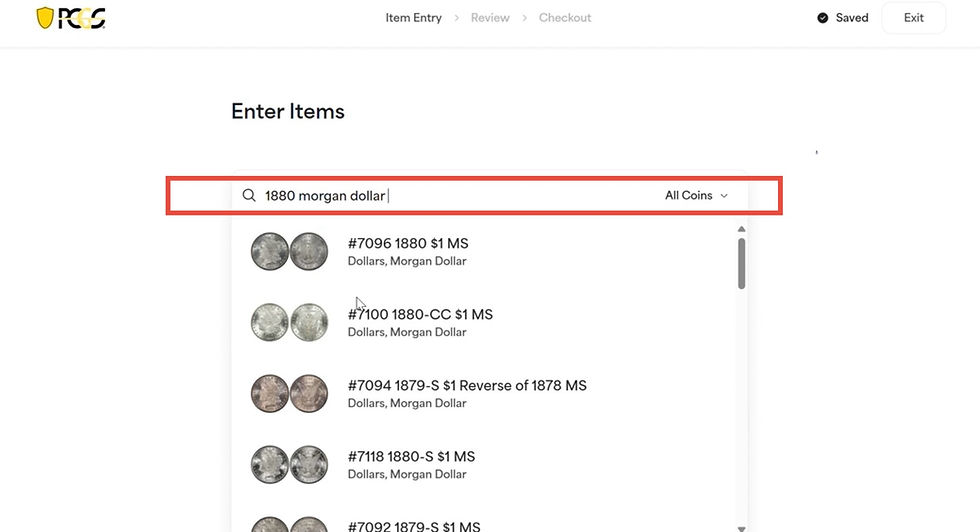
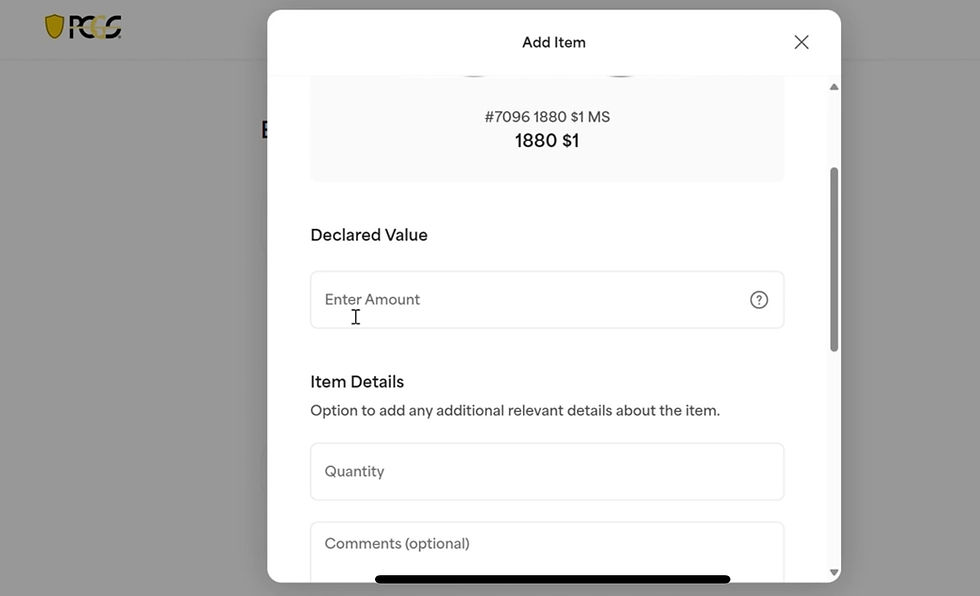
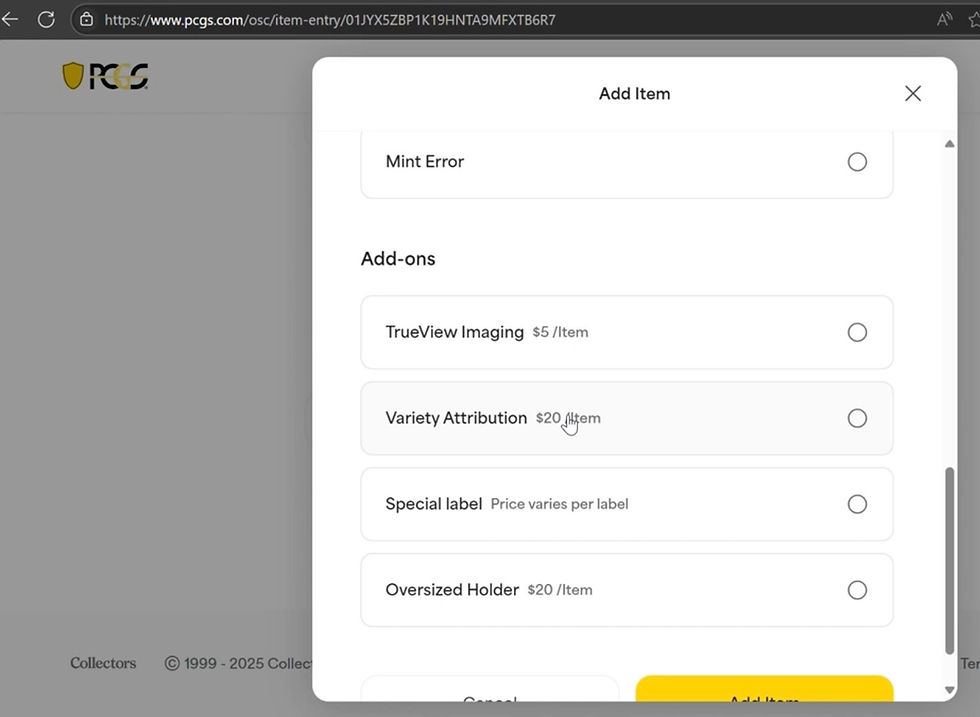
Step 4: Choose the Right Grading Tier
PCGS offers multiple grading tiers based on:
Coin value
Coin type (U.S., World, Ancient)
Age (modern vs vintage)
Desired speed (economy, express, walkthrough)
🛑 Important:
Different tiers must be submitted separately.
For example, U.S. coins and ancient coins cannot be combined in the same submission.
You’ll pay separate return shipping fees for each tier.
💰 Extra Cost Options (Customizations)
TrueView™ Photos: High-res images of your graded coin
Special Labels: First Strike, Flag labels, PCGS Gold Shield
Oversized Coin Surcharge: Coins over 40.6mm (e.g., 2 oz) cost more
Pedigree or Variety Attribution
Failing to select the correct options or pay up front can delay processing.
Step 5: Package Coins According to PCGS Guidelines
Packaging errors are a major cause of delays. Follow PCGS guidelines carefully:
✅ Use 2x2 Vinyl Flips (No Capsules or Slabs!)
Do NOT use acrylic slabs, screw-top capsules, or tight holders
Only use PCGS-approved 2x2 flips — plastic holders with a soft insert
🔖 Label Every Coin Clearly
Each coin must have a label attached to the flip that matches the line number on your submission form
Example: “Line 3 – 1870 Japan 1 Yen – $300”
📄 Include the Printed Submission Form
Print two copies:
One goes inside the package
One is kept for your records
📦 Secure the Package
Group coins by tier
Use bubble wrap or foam
Place everything in a rigid shipping box
PCGS may reject or delay submissions that don’t follow these instructions.
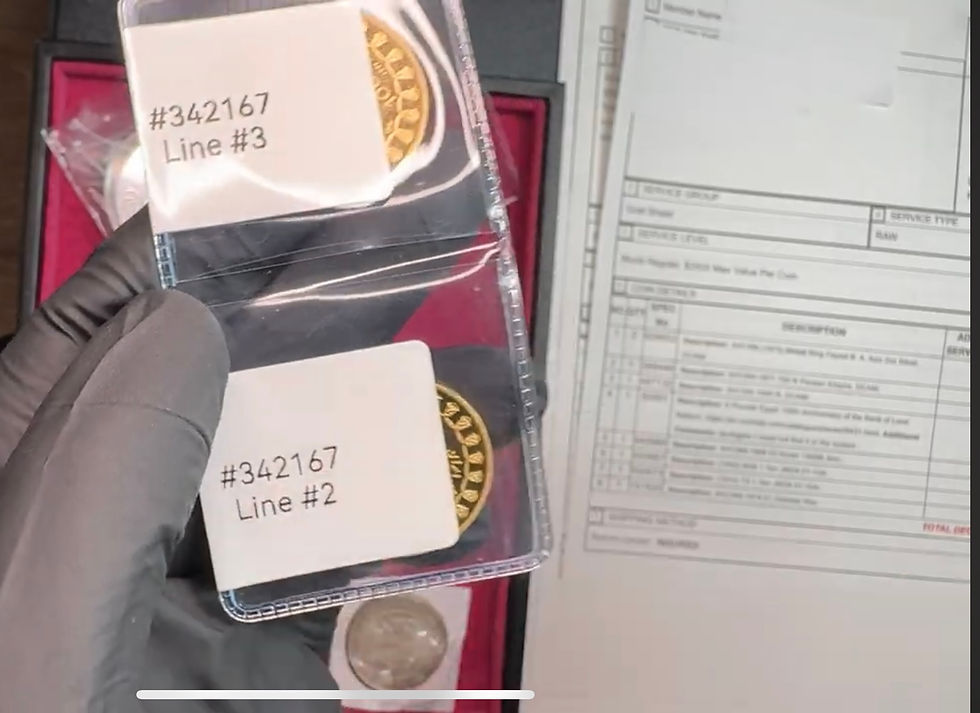
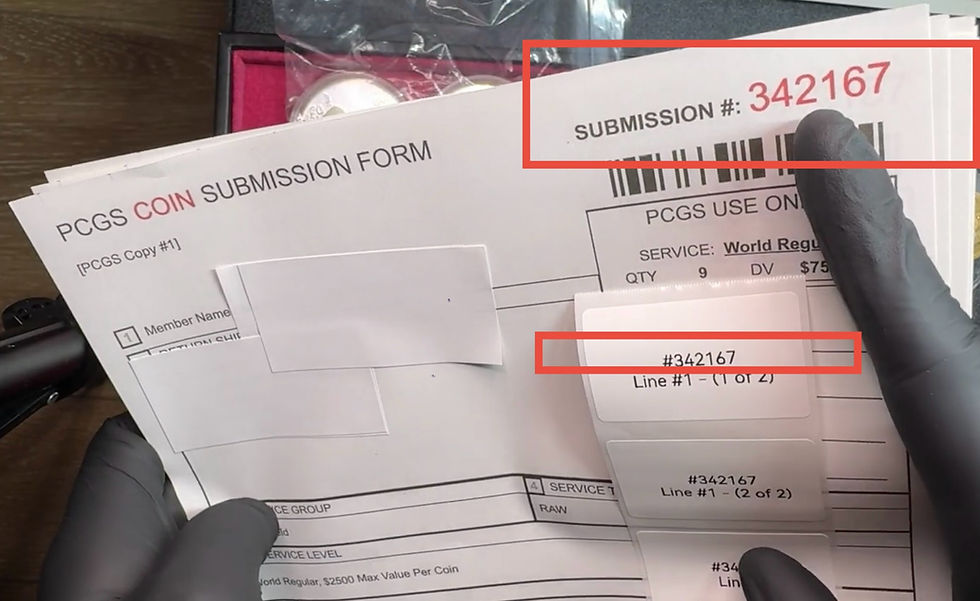
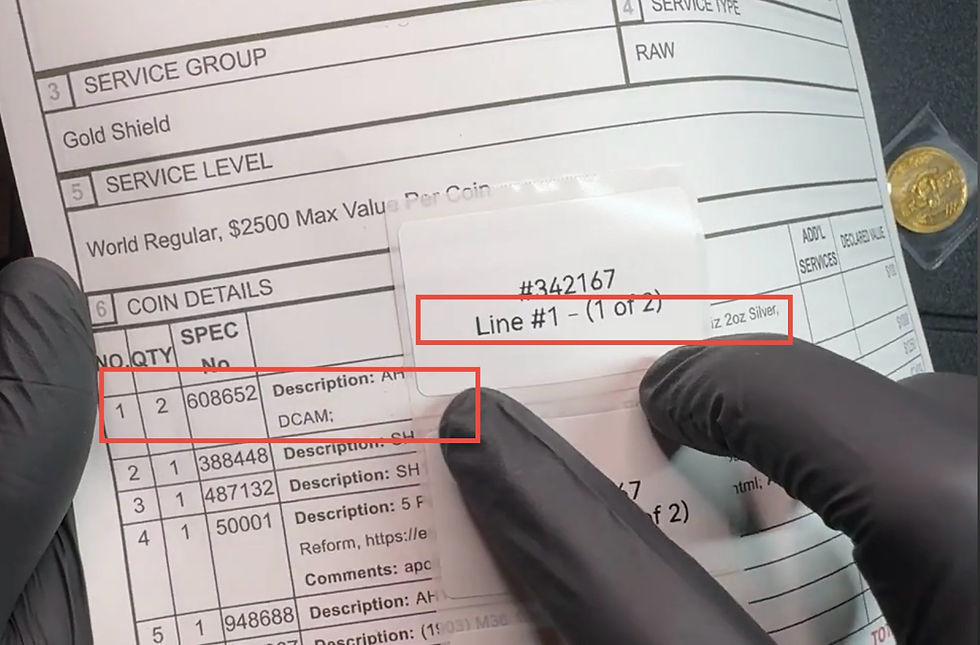
Step 6: Ship Coins to PCGS (UPS Strongly Recommended)
Ship your coins to PCGS in California, USA. Choose a reliable courier that can handle export documentation and provide customs proof.
🚚 Recommended Carrier: UPS
UPS is the most suitable option for collectors in Japan
They assist with export customs documentation
They provide proper paperwork for re-import tax exemption when coins return
📦 Account Required:Create a UPS or FedEx account (personal or business) before shipping.This gives you access to shipping tools, invoice printing, and status updates.
🚫 Avoid EMS / Japan Post
While EMS might deliver successfully to PCGS, it provides no customs paperwork
You’ll have no way to prove re-imported items are the same coins
This could result in double taxation when coins are returned
Step 7: Re-Import to Japan – Tax & Communication
Once coins are graded and sent back to Japan, they are subject to import tax and consumption tax.
🧾 Tax is based on the value you declared during export, not the newly graded value.
To reduce or avoid taxation:
Prepare a detailed invoice at time of export
Include:
Coin names
Quantity
Declared value
Description: Temporary export for grading
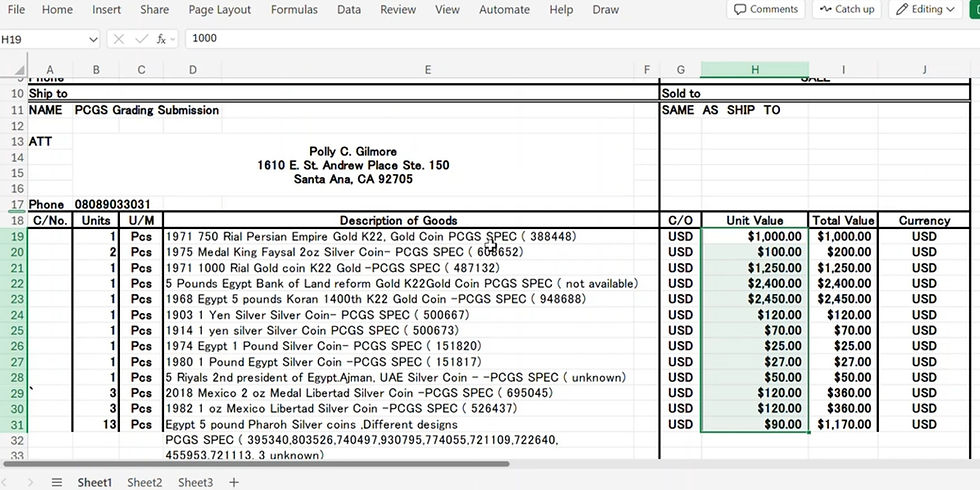
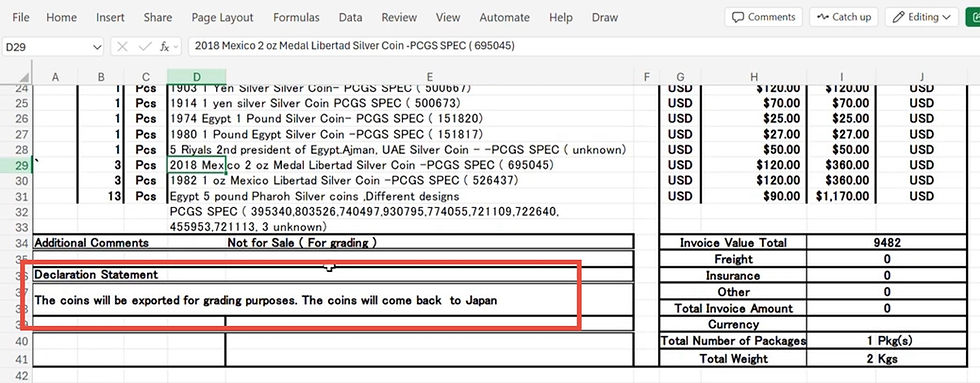
📬 Stay Alert for Contact from Customs or UPS
If import fees are due, UPS will contact you by email or phone
If you miss this communication, your shipment could be stuck in customs
Always monitor your inbox and be ready to pay import duty immediately
💡 Real Example: A collector declared a $10,000 coin and paid about $70 USD in U.S. import processing fees. Upon return to Japan, they were able to avoid local tax by documenting it properly as a re-import.

✅ Final Summary Checklist
Step | Task |
1 | Understand Japan tax rules and temporary export procedures |
2 | Create a PCGS account and pay annual membership |
3 | Register each coin with correct declared value |
4 | Choose grading tier, add extras like TrueView™ or labels |
5 | Package coins using 2x2 flips; label each clearly |
6 | Ship with UPS (preferred); avoid EMS |
7 | Be ready to pay import tax (based on export value) and watch for customs emails |
Final Thoughts
Grading coins with PCGS from Japan isn’t difficult—but it’s detail-sensitive. From choosing the right tier to clearing customs, each step plays a role in ensuring your coins are safely graded and returned without unexpected fees.
At GoldSilverJapan, we help clients with:
PCGS coin preparation
Custom shipping plans
Documentation support
Proxy submissions if you prefer full service


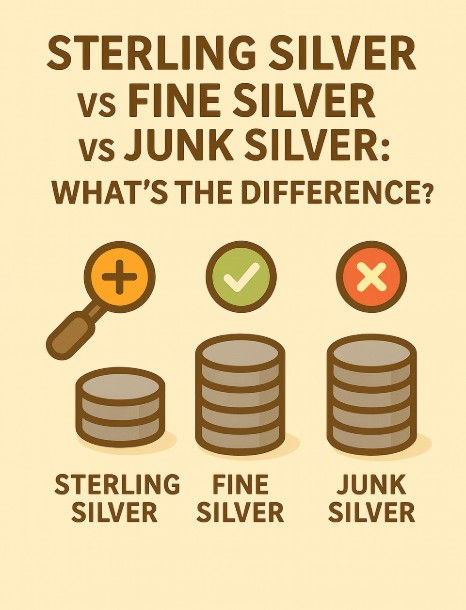


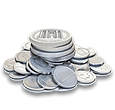


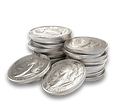

Comments